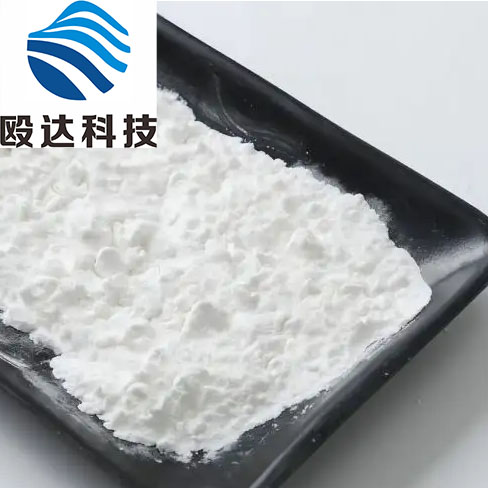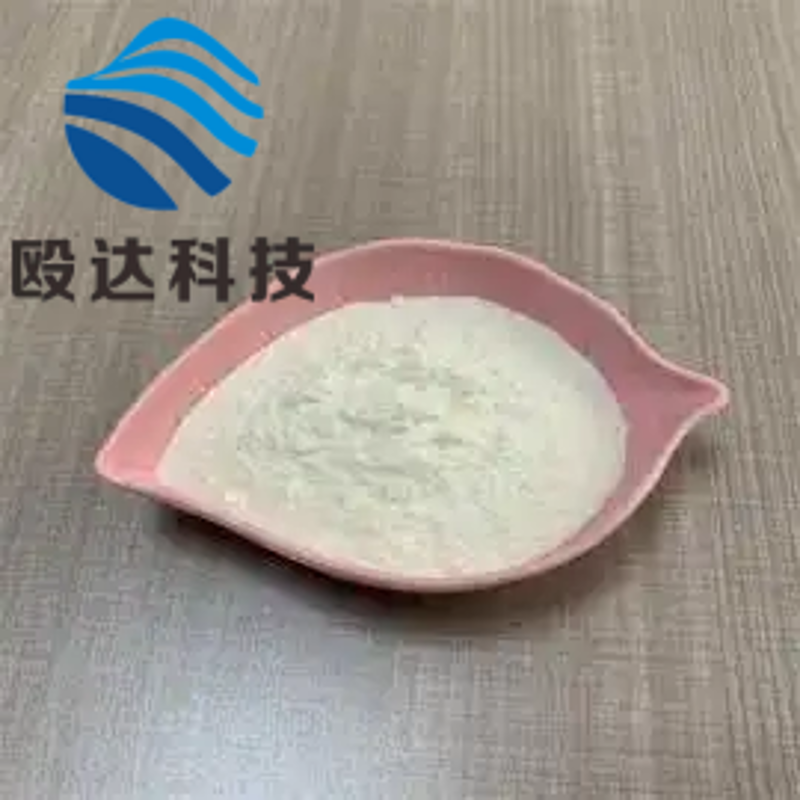-
Categories
-
Pharmaceutical Intermediates
-
Active Pharmaceutical Ingredients
-
Food Additives
- Industrial Coatings
- Agrochemicals
- Dyes and Pigments
- Surfactant
- Flavors and Fragrances
- Chemical Reagents
- Catalyst and Auxiliary
- Natural Products
- Inorganic Chemistry
-
Organic Chemistry
-
Biochemical Engineering
- Analytical Chemistry
- Cosmetic Ingredient
-
Pharmaceutical Intermediates
Promotion
ECHEMI Mall
Wholesale
Weekly Price
Exhibition
News
-
Trade Service
Background: Previous in vitro studies have shown that PGF2α inhibits the proliferation and adipogenesis of orbital fibroblasts in mouse cell lines and inactive Graves ophthalmopathy (GO) patients
.
The purpose of this study is to determine whether the prostaglandin F2α analogue bimatoprost can effectively reduce orbital protrusion in this population
PGF2α inhibited the proliferation and adipogenesis of mouse cell lines and orbital fibroblasts in patients with inactive Graves ophthalmopathy (GO)
Results: The mean baseline exophthalmos was 23.
6 (20.
0-30.
5) mm, and the mean age was 55 years (28-74 years)
.
The median duration of GO was 7.
Figure 1 A dot plot of the average change in convexity measurement for placebo and bimatoprost, in millimeters
.
The measured average change is calculated by subtracting the measured baseline from subsequent treatments
Figure 1 A dot plot of the average change in convexity measurement for placebo and bimatoprost, in millimeters
Data are expressed as mean (standard deviation or range), unless otherwise stated or percentage (number of patients/total) indicates improvement in treatment
Fig.
2 Using the exophthalmos (LC) as the reference point, the standard viewing angle from the outer corner of the eye (LC) or the nose bridge (NB) to the corneal apex (CA) is magnified by 200% and then the exophthalmos is measured
.
Draw a horizontal line from the LC, and draw a vertical line perpendicular to the horizontal and intersecting CA
Fig.
Then measure the distance from LC to CA on the screen (left and right dashed arrows from LC to the intersection point) (Figure A)
Figure 3 The scatter plot and the fitted value (blue line) measured by the clinical protruding eye instrument from the outer corner of the eye to the corneal vertex show that the Spearman value is 0.
609, p<0.
0001
.
609, p<0.
0001
.
Figure 4 The scatter plot of the nose bridge and corneal tip measured by the clinical protruding ophthalmoscope and the fitted value (blue line) show that Spearman -0.
396 is negatively correlated with p<0.
0001
.
396 is negatively correlated with p<0.
0001
.
Figure 5 One case of periorbital fat atrophy of the lower eyelid
.
After applying bimatoprost for 3 months, the intraocular pressure in both eyes decreased by 3mmHg, the exophthalmos in the right eye decreased by 2mm, and the left eye decreased by 1mm
.
Then it returned to baseline after a 2-month follow-up
.
Figure 5 One case of periorbital fat atrophy of the lower eyelid
.
After applying bimatoprost for 3 months, the intraocular pressure in both eyes decreased by 3mmHg, the exophthalmos in the right eye decreased by 2mm, and the left eye decreased by 1mm
.
Then it returned to baseline after a 2-month follow-up
.
A: Baseline, B: Bimatoprost, bilateral lower eyelid fat atrophy (red arrow) after a 3-month course of treatment, C: 2 months after the washout period, D: 3 months in the placebo group
.
E.
End the trial visit
.
.
E.
End the trial visit
.
Conclusion: In inactive GO, bimatoprost treatment for more than 3 months does not improve exophthalmos
.
.
Original source
Draman MS, Morris DS, Evans S,et al, Prostaglandin F2-Alpha Eye Drops (Bimatoprost) in Graves' Orbitopathy: A Randomized Controlled Double-Masked Crossover Trial (BIMA Trial).
Thyroid 2019 04;29(4)
Leave a message here







